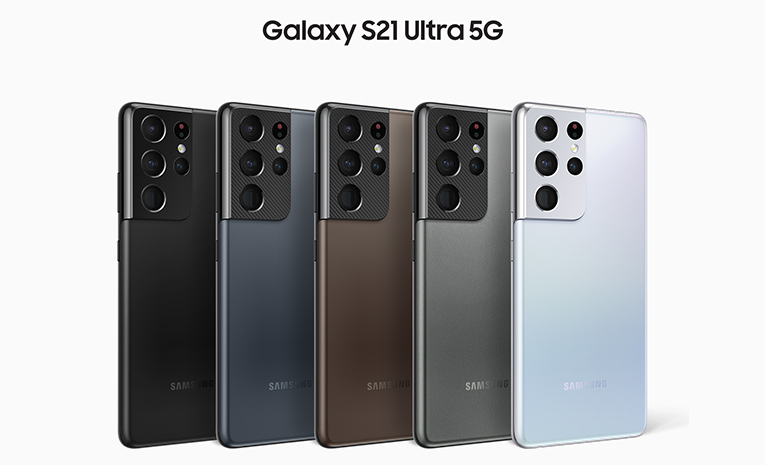Samsung Galaxy Z Fold 3 5G 256GB (Phantom Black) Factory Unlocked Cellphone – Comes with free wireless Samsung pad charger
Hyper Fast Speed: Live life in the fast lane with built-in 5G connectivity and hyper-fast processing power. Two Screens, Many Ways to Flex Them: Do more of what you love at the same time with Galaxy Flex Mode; Fold it at any angle and hold it any way you like — or go hands free and not hold it at all.
The Samsung Galaxy Z Fold 3 5G, 256GB Phantom Black is finally here! It features an expansive screen: See more and do more with the ultimate folding mobile phone screen that puts a super slim tablet right in your pocket. Nearly Invisible Camera: Take in an incredible uninterrupted view with a true edge-to-edge viewing experience thanks to our first-ever Under Display Camera. 120Hz AMOLED 2X Screen: Everything looks brilliant on this big, beautiful, clear display, offering a mesmerizing and dynamic viewing experience. Multiple Windows Get More Done: Start working smarter not harder with three multi-windows that allow you to schedule, edit, and build presentations in a snap — or take notes with the S Pen*. Comes with manufacture’s warranty. S pen Not included.
- Hyper Fast Speed: Live life in the fast lane with built-in 5G connectivity and hyper-fast processing power
- Two Screens, Many Ways to Flex Them: Do more of what you love at the same time with Galaxy Flex Mode; Fold it at any angle and hold it any way you like — or go hands free and not hold it at all
- Charged at the Speed of Life: Stay in charge, not beholden to your charger; With 25W Super Fast Charging*, you can spend less time charging and more time taking care of business.
Additional information
| Model Name | Samsung Galaxy Z Fold 3 |
|---|---|
| Manufacturer Part Number | F926U |




Reviews
There are no reviews yet.